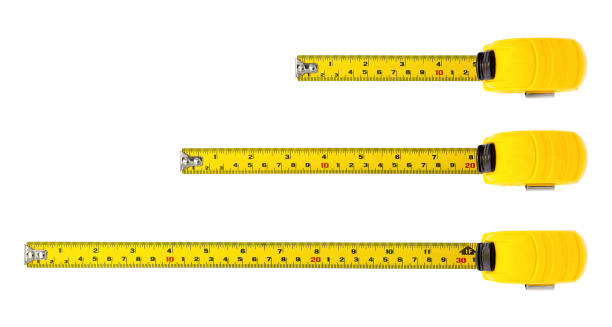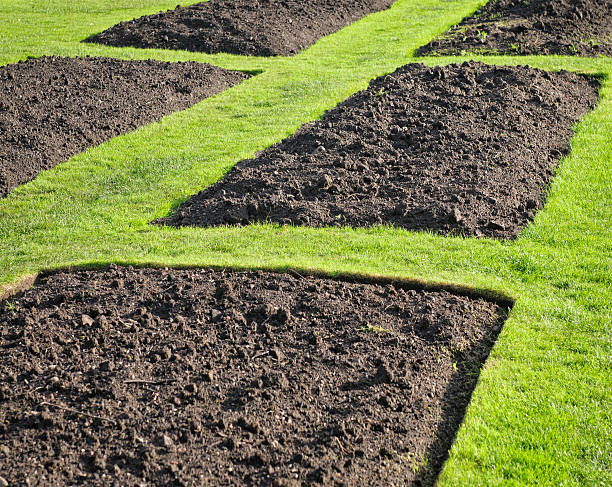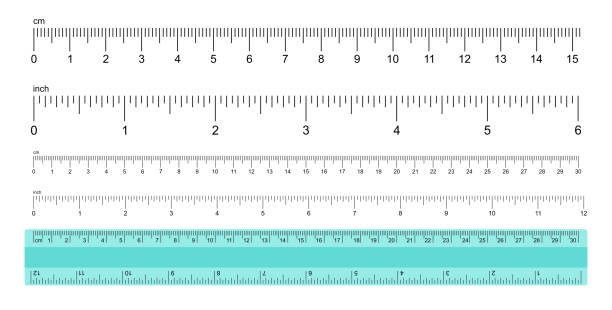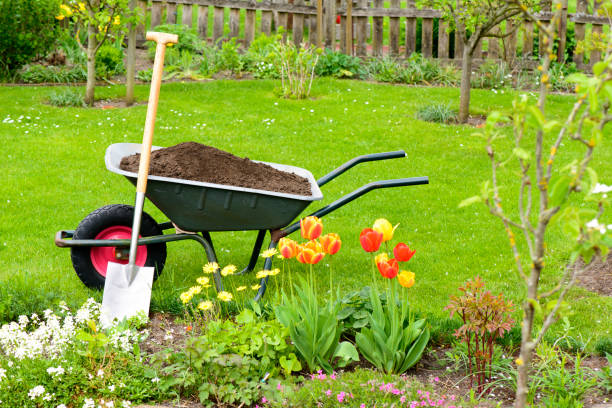How Many Yards in 100 Meters?
This post contains affiliate links. This means I will make a commission at no extra cost to you should you click through and make a purchase. Read the full disclosure here.
In this article, we will explore the conversion between meters and yards, specifically focusing on how many yards are in 100 meters. Understanding this conversion is essential for a variety of applications, from sports to construction and fabric measurements. So, let’s dive into the world of measurements and uncover the relationship between meters and yards.
Introduction
When it comes to converting units of measurement, knowing how to convert meters to yards can be particularly useful. Whether you’re planning a track and field event, measuring fabric for a sewing project, or working on a construction site, the ability to switch between these units accurately is crucial.
Understanding the Conversion Factor
To convert meters to yards, we need to understand the conversion factor between these two units. The conversion factor is the value that relates one unit to another. In the case of meters and yards, the conversion factor is approximately 1.0936. This means that one yard is equal to 1.0936 meters.
Historically, the yard has been widely used in the United Kingdom and the United States, while the meter is the standard unit of length in most other countries. The yard is defined as the distance between the tip of the nose and the outstretched arm of King Henry I of England. However, the current internationally accepted definition of the yard is based on the meter.
Converting Meters to Yards
Converting meters to yards is a straightforward process. To convert a given length in meters to yards, you can use the following formula:
Yards = Meters x 1.0936
Let’s apply this formula to our specific case: 100 meters. By multiplying 100 meters by 1.0936, we find that there are approximately 109.36 yards in 100 meters.
Real-Life Applications
The conversion between meters and yards finds practical application in various fields. For example, in track and field events such as sprinting or long jump, distances are often measured in meters, but some viewers might find it more relatable to understand these distances in yards. Similarly, in the construction industry, measurements may be given in meters, but workers accustomed to yards may find it useful to convert them for a better grasp of the dimensions.
In the world of fashion and fabric, designers and tailors often work with both meters and yards. Fabrics are typically measured and sold in meters, but sewing patterns and instructions might use yards as the unit of measurement. Being able to convert between these units ensures accuracy and compatibility between different systems.
Conversion Tools and Techniques
Converting meters to yards can be done manually using the conversion formula mentioned earlier. However, several online converters and smartphone apps are available that can provide instant and accurate results. These tools save time and eliminate the risk of manual calculation errors.
When converting large quantities or dealing with complex measurements, it’s advisable to use mathematical formulas and dedicated software for precise results. Additionally, familiarizing yourself with common conversion factors can speed up the process and increase efficiency.
Differences Between Yards and Meters
Yards and meters differ not only in their numerical values but also in their historical, geographical, and cultural significance. While yards are commonly used in the United States and the United Kingdom, meters are the primary unit of measurement in most other parts of the world.
The yard has its roots in human anatomy, being initially defined as the distance from the tip of the nose to the outstretched arm. However, the meter was introduced as a unit based on scientific principles and is defined as the length traveled by light in a vacuum during a specific time interval.
Challenges and Considerations
When converting meters to yards, it’s important to consider potential challenges that may arise. One common challenge is rounding errors, especially when dealing with decimal values. Rounding to an appropriate number of significant figures can help maintain accuracy.
Another consideration is the precision of measurements. While the conversion factor between meters and yards is precise, the original measurements may have limitations in terms of precision. It’s crucial to be aware of the significant figures in the measurements being converted and to round the final result accordingly.
Common Misconceptions
One common misconception is that the conversion between meters and yards is not accurate. While it’s true that the conversion factor is an approximation, it provides a highly precise result in most practical scenarios. The slight discrepancy in the conversion factor does not significantly affect the overall accuracy of the conversion.
Summary and Conclusion
Converting meters to yards is a valuable skill that finds applications in various fields, including sports, construction, and fashion. By understanding the conversion factor between these two units, you can easily switch between them and work with measurements that suit your needs. Whether you’re a sports enthusiast, a professional in the construction industry, or a fashion designer, mastering this conversion will enhance your understanding and improve your efficiency.
So, the next time you encounter a measurement in meters and find it more relatable in yards, remember the conversion factor of approximately 1.0936. Convert with confidence and navigate between these two units effortlessly.
FAQs (Frequently Asked Questions)
Can I use an online converter for meter-to-yard conversion?
Yes, there are numerous online converters available that can quickly and accurately convert meters to yards. Simply input the value in meters, and the converter will provide the equivalent in yards.
How accurate are meter-to-yard conversion formulas?
Meter-to-yard conversion formulas, including the widely used conversion factor of 1.0936, provide a high level of accuracy for most practical purposes. However, it’s important to consider rounding errors and the precision of the original measurements to maintain accuracy.
Are there any situations where the meter-to-yard conversion is not applicable?
The meter-to-yard conversion is applicable in most scenarios where length or distance measurements are involved. However, it’s essential to be aware of specific industry standards or local conventions that may require the use of one unit over the other.
Why are yards used in certain industries instead of meters?
Yards are commonly used in industries such as construction and textiles in countries like the United States and the United Kingdom due to historical and cultural factors. The familiarity with yards in these regions has led to their continued usage, even though the meter is the standard unit of length in most other countries.
What are some historical reasons behind the adoption of meters over yards in certain countries?
The adoption of the meter as the standard unit of length in many countries can be attributed to the international adoption of the metric system, which offers a standardized system of measurement based on scientific principles. The metric system provides a consistent and universally understood framework for measurements across various disciplines and nations.












